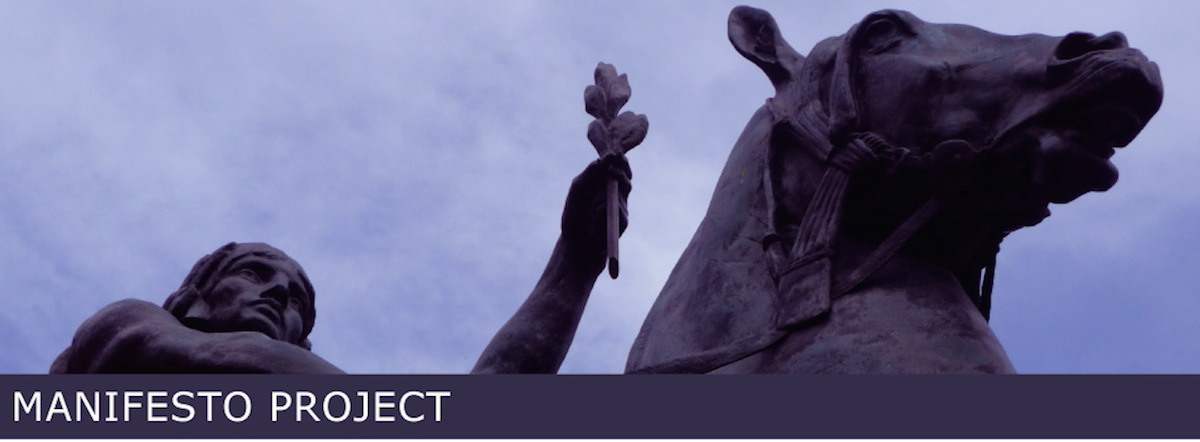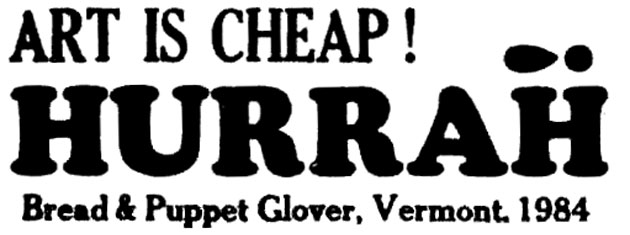Creators: Rick Levine, Christopher Locke, Doc Searls and David Weinberger, published as The Cluetrain Manifesto in 1999 by Perseus Books.
Purpose: To spread the word that the internet is changing marketplaces for both consumers and organisations.
Manifesto
Online Markets
Networked markets are beginning to self-organize faster than the companies that have traditionally served them. Thanks to the web, markets are becoming better informed, smarter, and more demanding of qualities missing from most business organisations.
The Cluetrain Manifesto consists of 95 Theses
Here’s the one highlighted on their website as the most important:
We are not seats or eyeballs or end users of consumer. We are human beings – our reach exceeds your grasp. Deal with it.
Here’s their first ten…
1. Markets are conversations.
2. Markets consist of human beings, not demographic sectors.
3. Conversations among human beings sound human. They are conducted in a human voice.
4. Whether delivering information, opinions, perspectives, dissenting arguments or humorous asides, the human voice is typically open, natural, uncontrived.
5. People recognize each other as such from the sound of this voice.
6. The Internet is enabling conversations among human beings that were simply not possible in the era of mass media.
7. Hyperlinks subvert hierarchy.
8. In both internetworked markets and among intranetworked employees, people are speaking to each other in a powerful new way.
9. These networked conversations are enabling powerful new forms of social organization and knowledge exchange to emerge.
10. As a result, markets are getting smarter, more informed, more organized. Participation in a networked market changes people fundamentally.
Sources
Website with all 95 Theses: http://www.cluetrain.com/
Read the entire book online: http://www.cluetrain.com/book/index.html
General: http://en.wikipedia.org/wiki/The_Cluetrain_Manifesto
Thanks to Jeremy Samuels for suggesting this one!
Related Manifestos
- Timothy Ferris: The Four Hour Work Week
- Chris Guillebeau, The Art of Non-Conformity
- Marx and Engels: The Communist Manifesto










